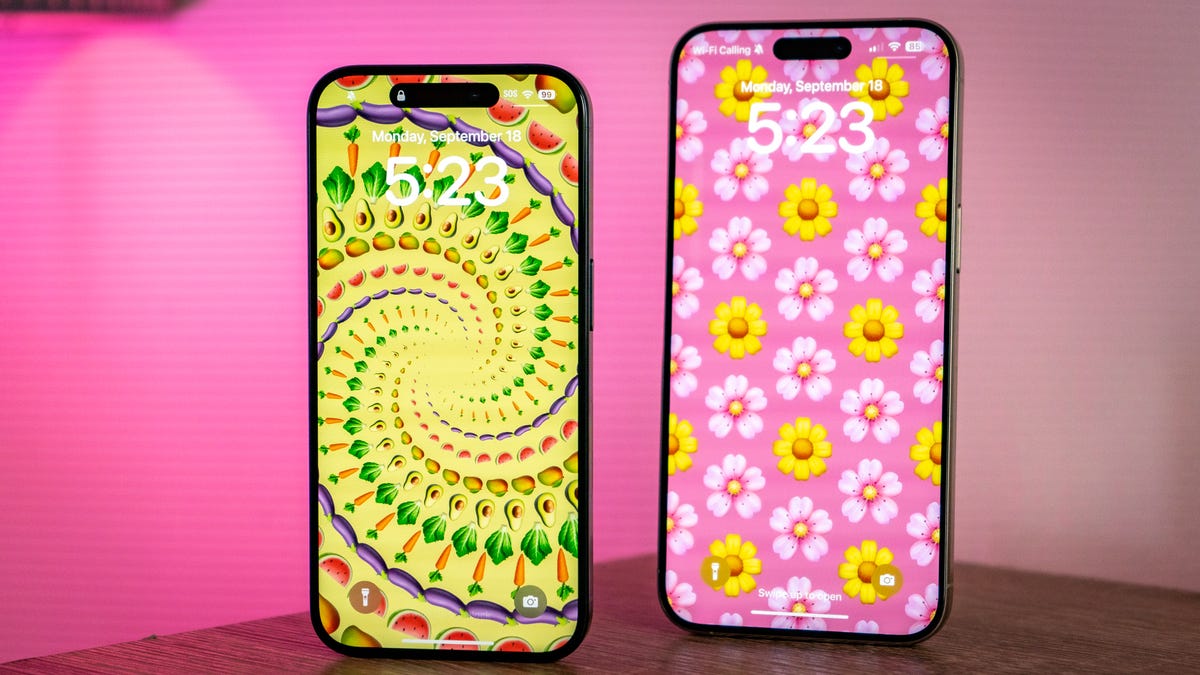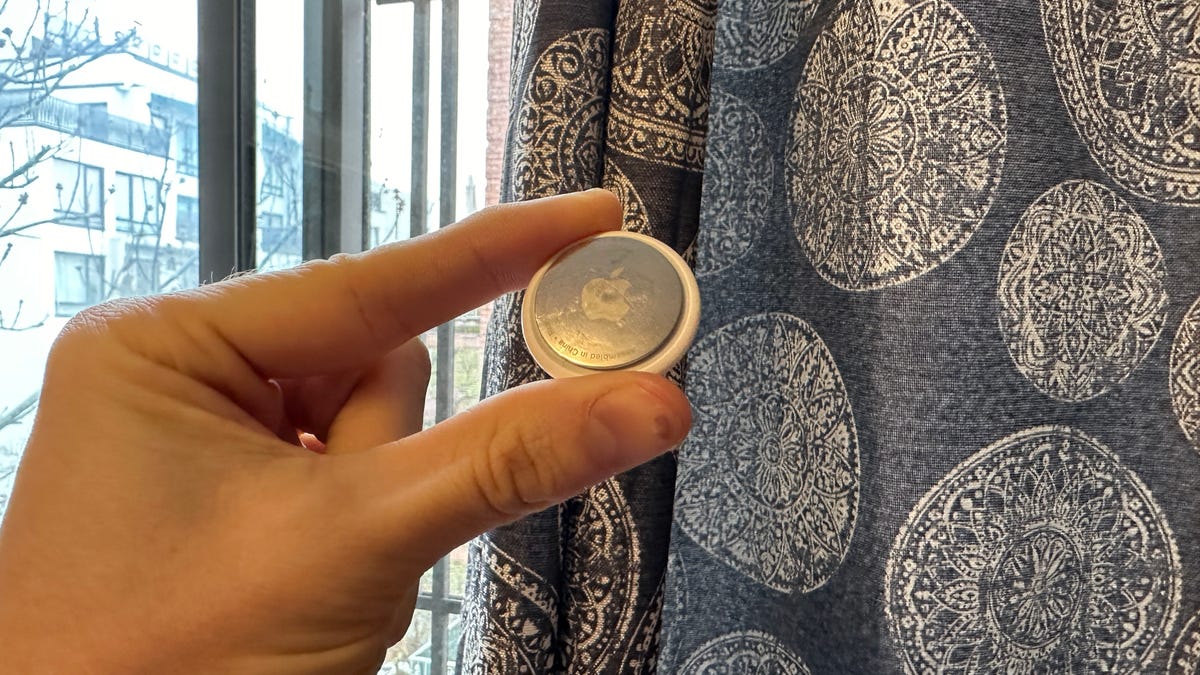This last big Apple release was such a doozy that you’d be forgiven for only paying attention to the siren call of a new OLED iPad. I’ve had the chance to get intimate with these new tablet products and accessories, and believe it or not, it’s not the ultra-luxury, uber-expensive tablet that’s made me the most excited, but the humble $130 stylus.
If you’re willing to drop several hundred dollars on a 2024 iPad Air or more than $1,000 on the M4 iPad Pro, you should really think about picking up the Apple Pencil Pro while you’re at it.
The Apple Pencil has been a staple for so long we didn’t expect it could make any more of an impact than it already has. But the latest version’s new squeeze and barrel roll features don’t just feel like gimmicks. They intrinsically change and enhance how you use the stylus and how you use the iPad in general. With those few features, art tools and drafting apps alike feel so much more intuitive and akin to their analog counterparts.
It’s just a damn shame you can’t use it with the many other iPads that have come before.
How Can I Use the Apple Pencil Pro’s New Features?
Barrel roll on apps like Freeform, Goodnotes, and Zinnia does more than offer a fun way to fool around with a highlighter. It makes writing notes with a stylus far more real. A fountain pen in FreeForm or Goodnotes looks more natural than it did on an older iPad. I tested it with the older 2nd-gen Apple Pencil and the new one, and while the feel was pretty much the same, the new gyroscope makes the process surprisingly fun. It’s incredibly accurate without any noticeable lag on the iPad Pro.
I’m not an artist by any means, but I have taken the Pencil Pro into apps like Procreate and Procreate Dreams to see what the pencil brings to the party. It’s quite a lot, actually. In Procreate, you can use the shadow on the pencil to highlight different layers of your work. In Dreams, barrel roll lets you easily manipulate the orientation of objects scene, essentially like an easy-to-use keyframe generator.
As for the squeeze function, you’d be surprised how much time this saves in certain apps. If I want to quickly undo something or select a different pen tool, squeezing to bring up the menu and then hitting back is so easy I don’t think I’d want to return to the older style Pencils. There’s a small haptic motor in the bottom haft, but that’s only there to offer a bit of feedback for when you use the squeeze function.
Then it has all the fixings, such as pressure and tilt sensitivity, but even the less pressing features are all welcome, such as Find My connectivity. We should also mention the updated “hover” feature that produces a shadow showing the current angle of your pen. Simply put, this is the best Apple Pencil, hands down. It also costs the same as the 2nd-gen Apple Pencil, $129. You could also go for the $80 Apple Pencil USB-C, which works with both new and older gens of the iPad, but it doesn’t have pressure sensitivity or any of the new holy grail features of the new stylus.
The Apple Pencil Pro is not Backward-Compatible
I like this stylus so much; it makes it so annoying that I have to tell any folks interested in it that the stylus doesn’t work on older iPad models. For right now, the only iPads compatible with the stylus are the new Pro and Air. Apple said this is due to them reconfiguring the induction coil connectors on the latest iPad, but that’s a lame excuse. Sure, Apple wants to push its new iPads, but I can’t say there’s anything on the new tablets that warrants these restrictions.
I’ve used the new iPad Pro for about a week now. That’s enough time for me to have my thoughts about the latest Apple tablet, and suffice it to say, I really like it, but I would like it a lot more if the device’s software was far better at multitasking to take advantage of the M4 chip. Tablets, even the most expensive kind such as Apple’s new iPad Pro, can feel merely like oversized phones, which is why accessories like the Magic Keyboard or some of the many third-party keyboard alternatives feel like a necessity.
There are plenty of styluses, many of which work with Apple tablets like the Adonit Note-M and the Logitech Crayon. There are also plenty of non-Apple-specific faux writing devices, like the MSI Pencil 2 with a real graphite tip and Samsung’s S Pen Creator Edition with tilt sensitivity. You’ll get fair results from most of these, but I can say none have made as much of an impact on actually using the device as the Pencil Pro has.
I don’t make a habit of jotting notes on electronic devices. I carry a journalism notebook around, along with some extra writer’s notebooks. I have a strange laundry list of loose thoughts that need to be scribbled down from time to time. I take joy in pens. I find myself digging through the .5s and .35s of a rare stationery store visit, but if I had the real dream, I’d have my own fountain pen, a bottle of ink, and actual calligraphy skills.
The Apple Pencil Pro has come the closest to making me consider an all-tablet lifestyle for notetaking. Nothing will beat the simple thrill of a Pilot G-2 gel pen on notebook paper, but I wouldn’t feel too ashamed to break out the iPad every now and again to dig into my chicken scratch. If this damn pen were backward compatible, I’d say go out and get it.








